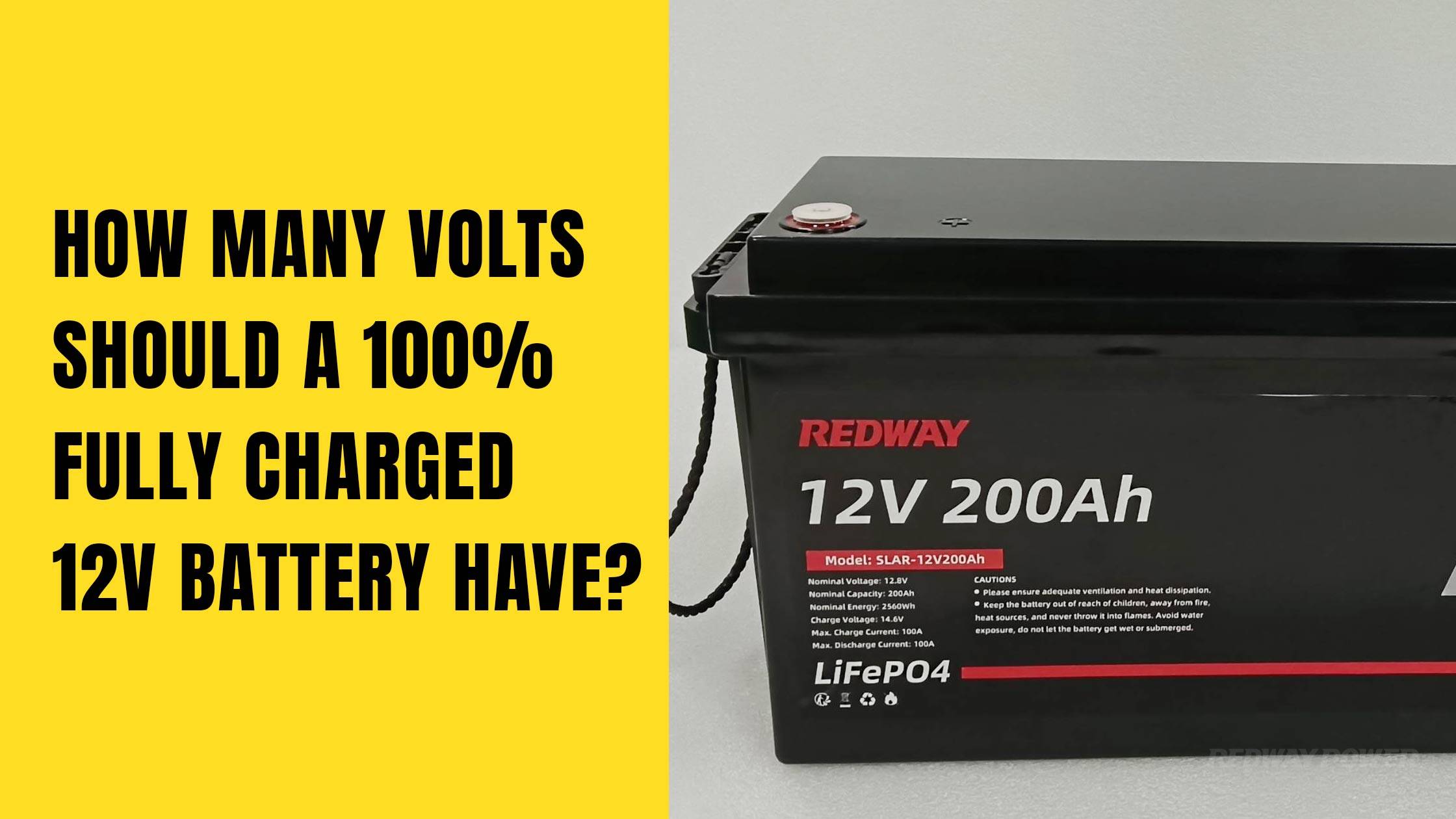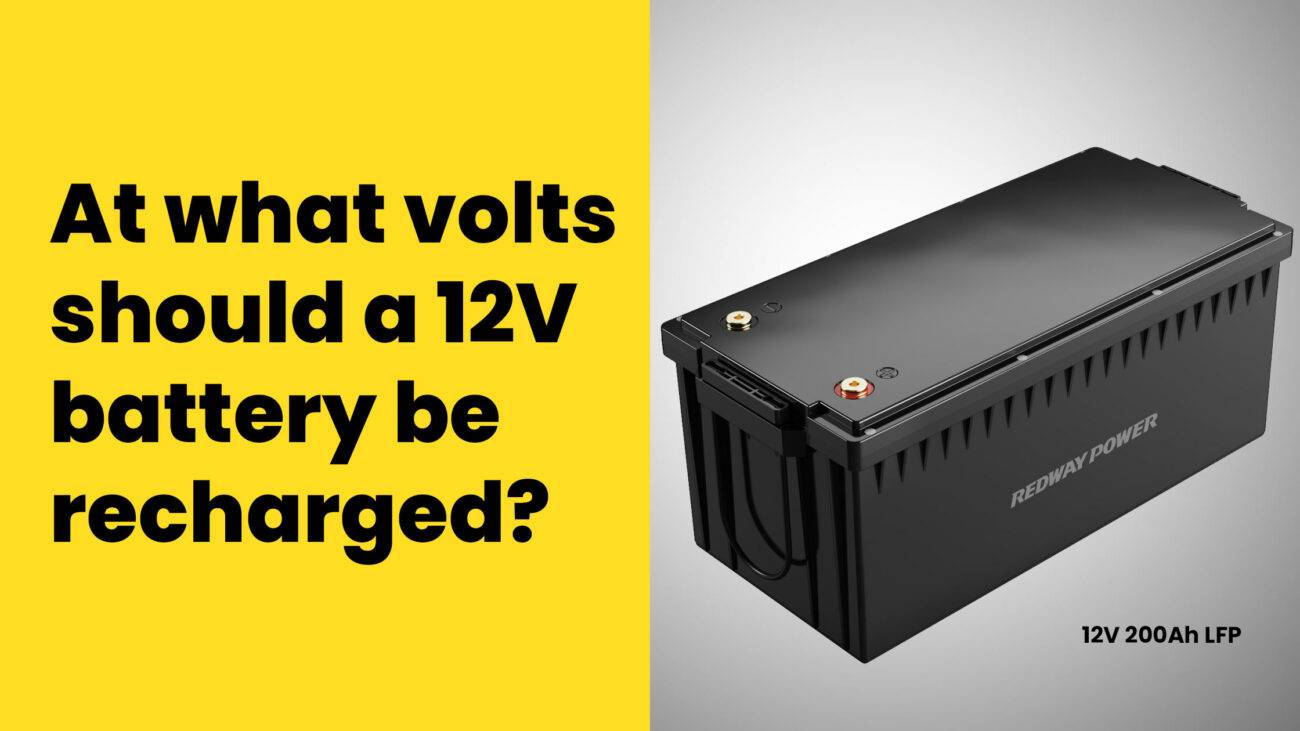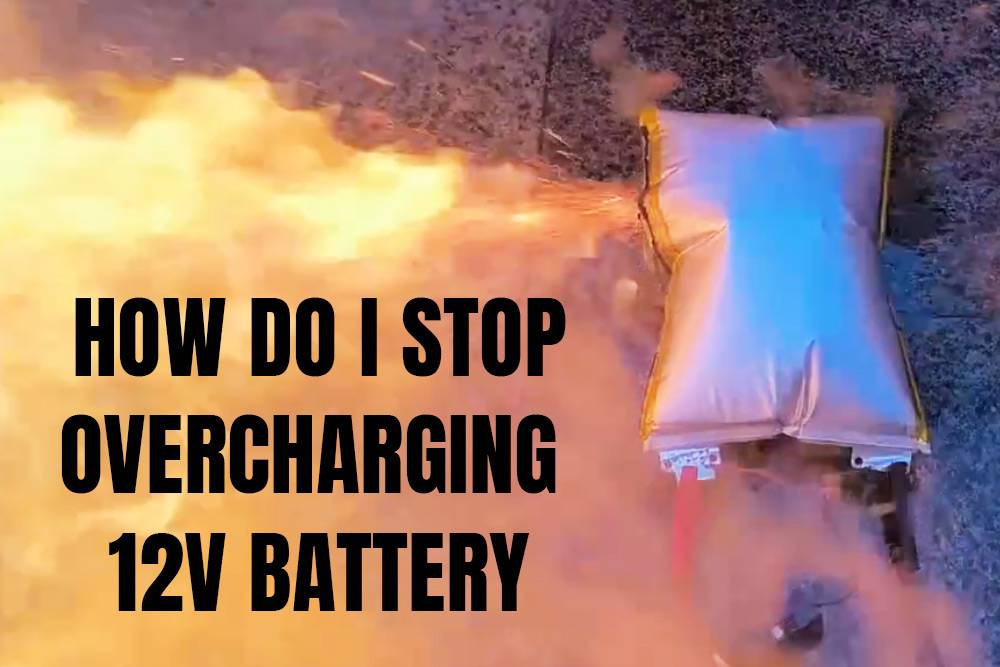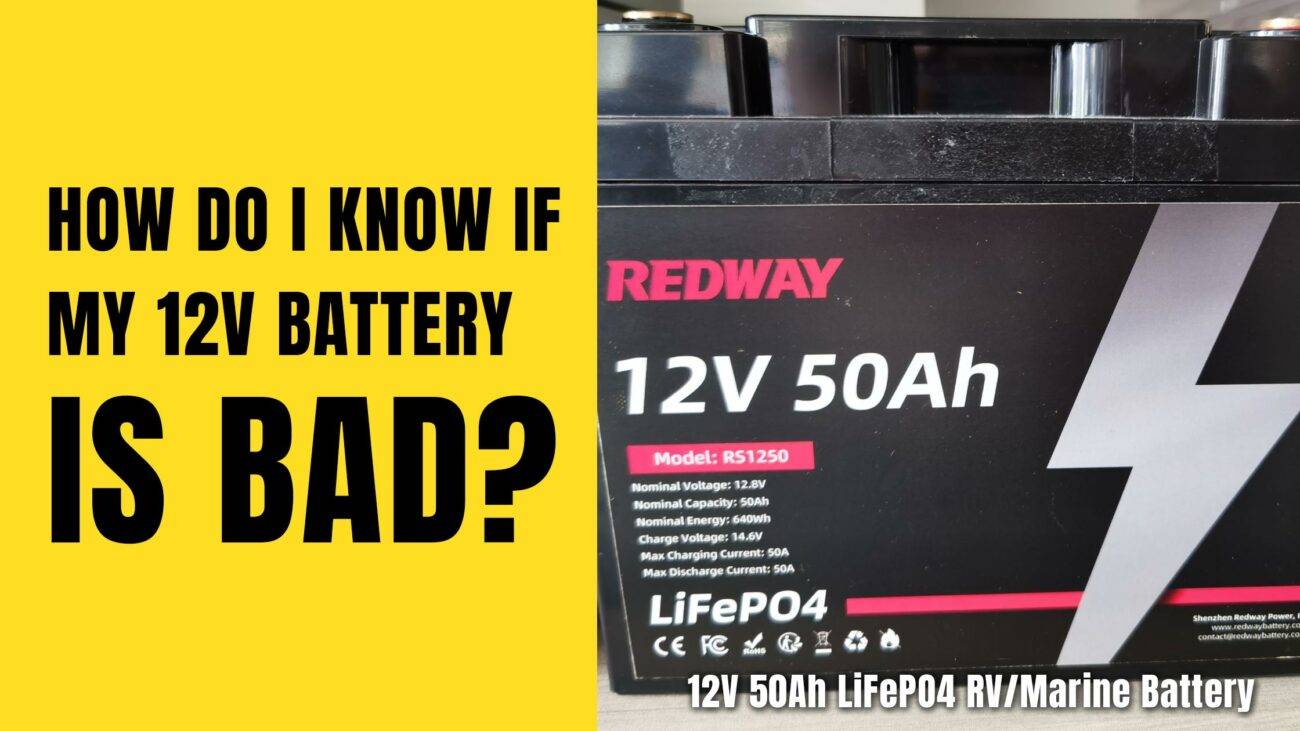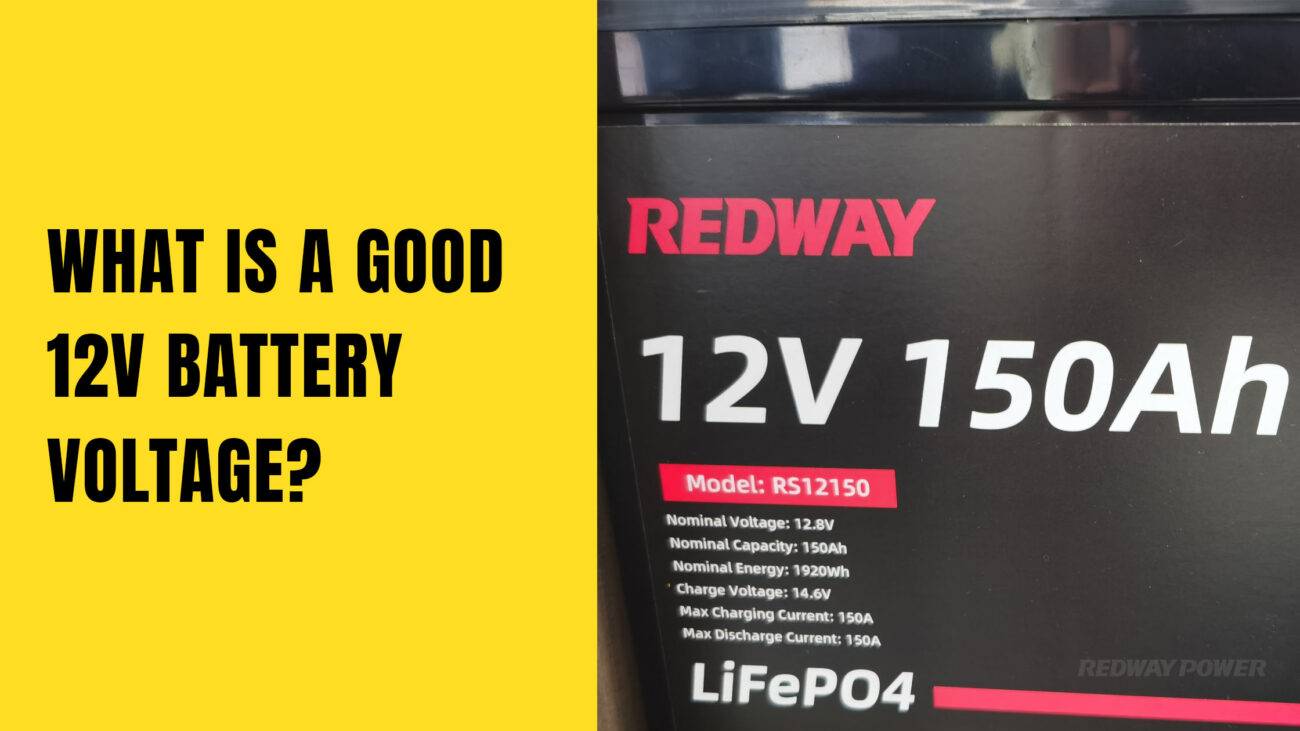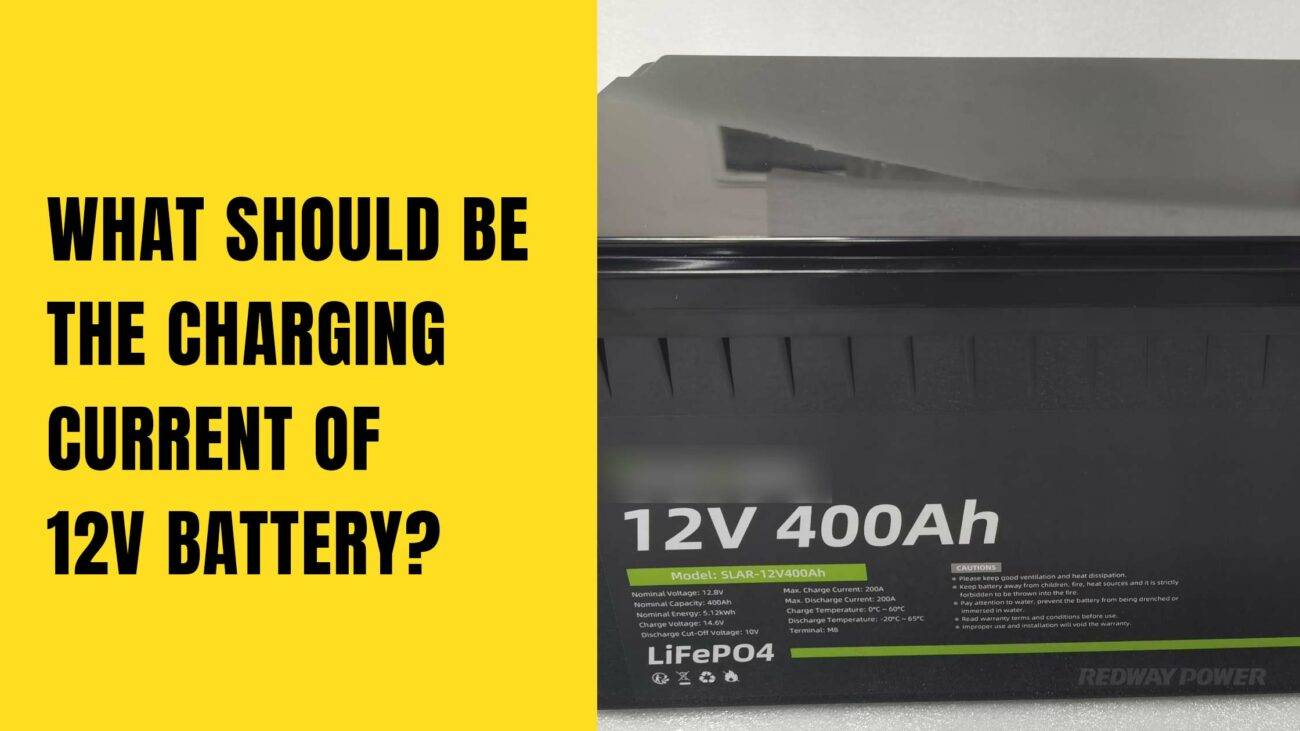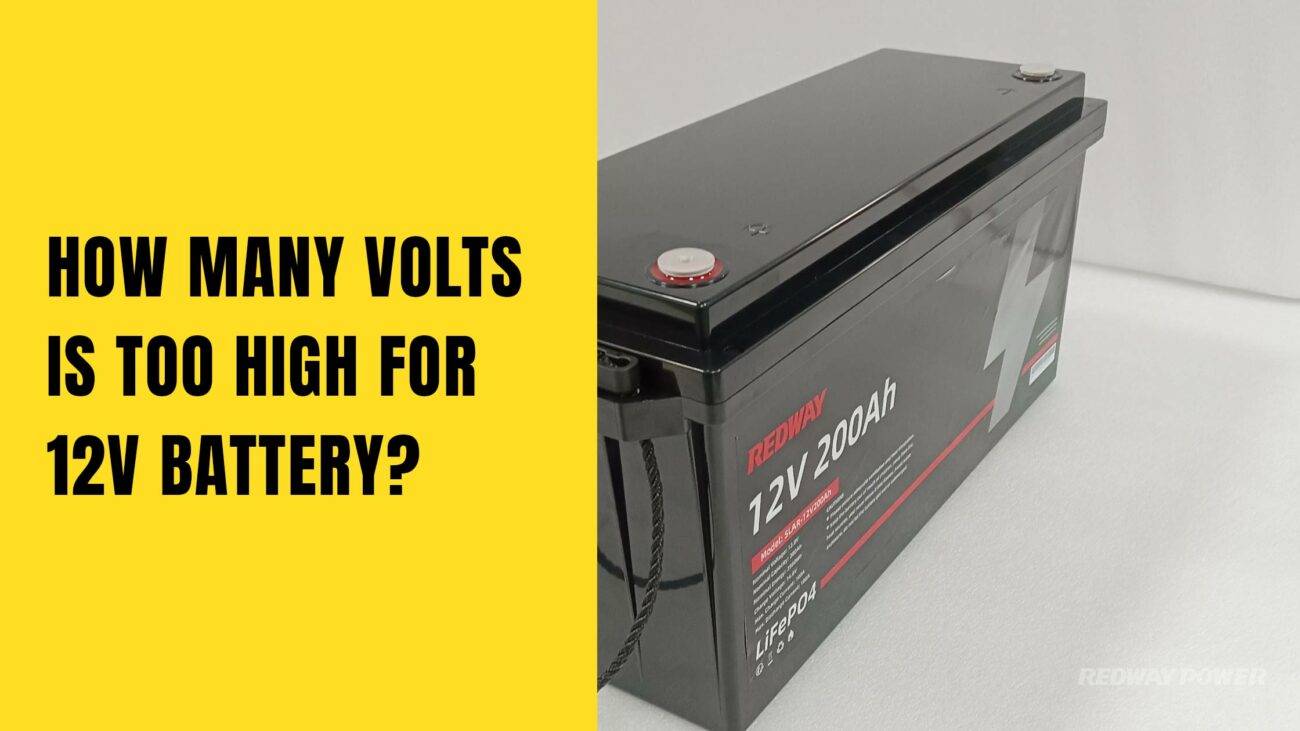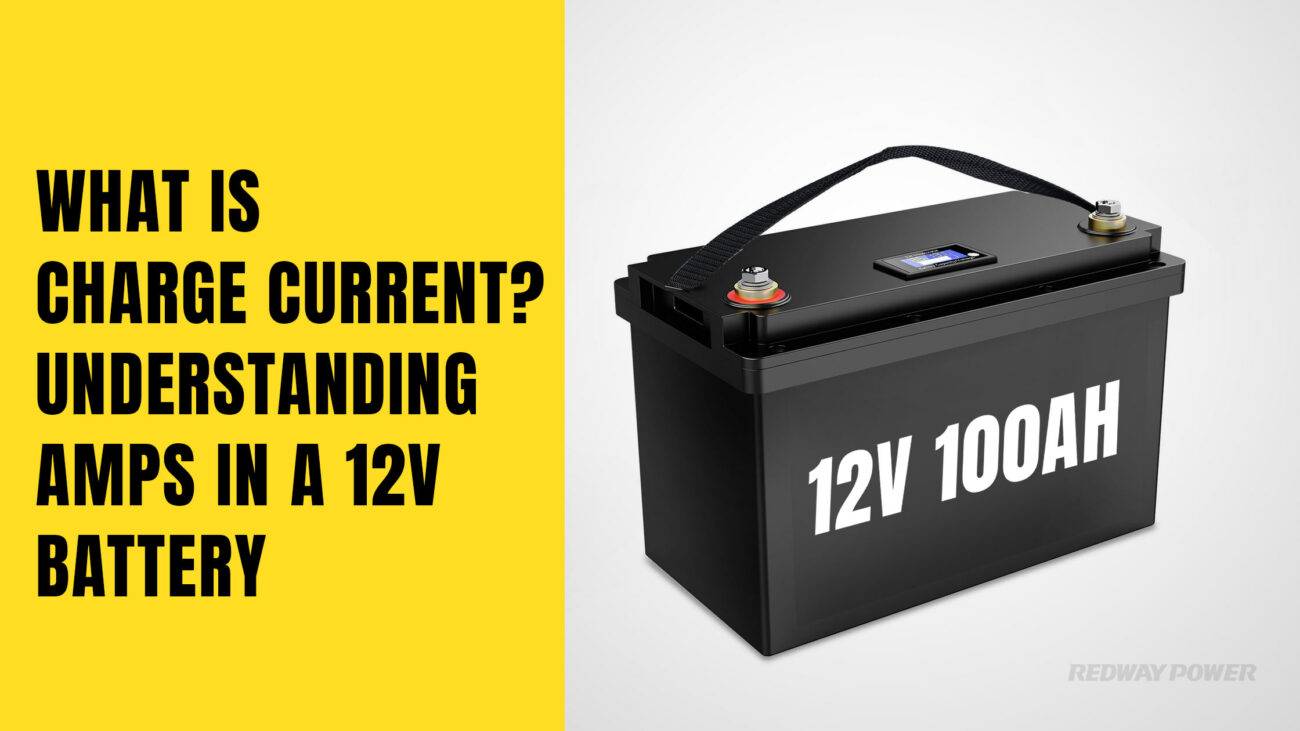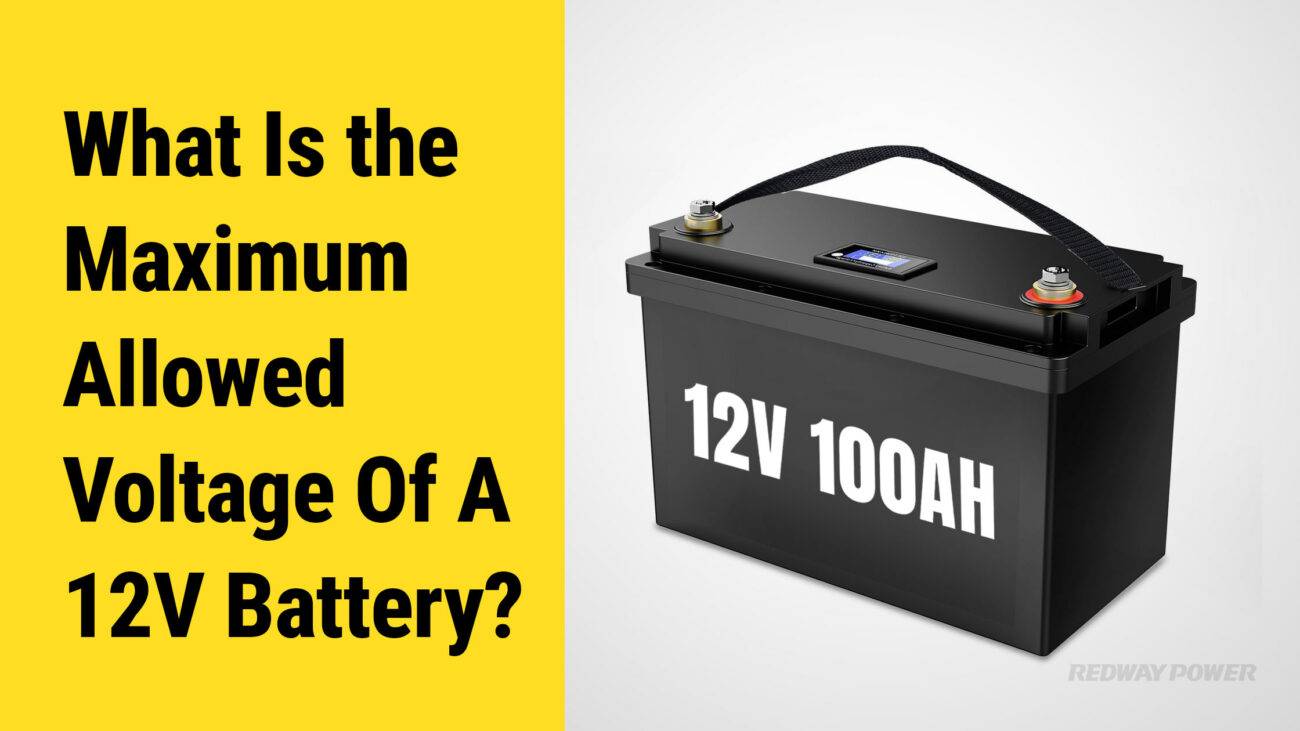Understanding the ideal voltage range of a fully charged 12-volt battery (12.6-12.8 volts) is vital for optimal performance. Regular checks using a multimeter, proper charging, and maintenance practices ensure longevity. Protect from extreme temperatures and avoid deep discharges to maintain optimal voltage levels.
Why a Fully Charged Battery is Vital for Vehicle Performance and Reliability
Ensure optimal vehicle performance with a fully charged battery. It powers essential components like headlights, radio, and windows. Regular maintenance, including checking voltage levels, prolongs battery life and prevents breakdowns. A well-maintained charging system and using appropriate tools like multimeters are crucial for maintaining charge levels and ensuring reliable operation.
A fully charged battery is vital for your vehicle’s electrical system, powering everything from the engine to headlights. Regular maintenance, like checking voltage, ensures optimal performance and prevents breakdowns. Using tools like multimeters helps monitor battery health, while proper charging systems extend battery life. By staying proactive with maintenance, you’ll avoid unexpected roadside issues and enjoy a smoother driving experience.
How Various Factors Influence the Voltage of 12-Volt Batteries
Factors affecting battery voltage include temperature, age, charging system health, parasitic drains, and user error. Extreme temperatures can cause fluctuations. Aging batteries hold less charge, while faulty charging systems or leaving accessories on drain power. Understanding and addressing these factors ensures optimal 12-volt battery performance and longevity.

Battery voltage can fluctuate due to various factors. Temperature extremes, both hot and cold, impact chemical reactions within the battery, leading to voltage fluctuations. As batteries age, their ability to hold a charge decreases, resulting in lower voltages. Issues with the charging system, like a faulty alternator or cables, can also cause voltage drops. Additionally, parasitic drains from electrical components left on and user errors, such as leaving headlights running, can drain the battery. Understanding and addressing these factors ensures optimal battery performance and longevity, avoiding unexpected power failures or premature battery replacements. Regular monitoring and maintenance help mitigate these issues, ensuring your 12-volt battery operates efficiently and reliably.
How to Determine the Ideal Voltage for Your 12-Volt Battery
To determine the ideal voltage for a 12-volt battery, use a voltmeter, available at automotive stores. A reading of 12.6V or above indicates a fully charged, healthy battery. Temperature variations may slightly affect readings. Regular checks with a digital multimeter ensure optimal performance and longevity, crucial for reliable power in diverse conditions.
Understanding the ideal voltage range for a fully charged 12-volt battery is essential for maintaining optimal performance and longevity. Here’s what you need to know:
- Ideal Voltage Range: A fully charged 12-volt battery typically reads between 12.6 and 12.8 volts, indicating maximum capacity.
- Temperature Variation: Voltage levels may vary slightly based on temperature. Cold weather can decrease voltage, while warmer conditions may temporarily increase it.
- Measurement Accuracy: To ensure precise readings, use a digital multimeter designed for automotive batteries.
- Importance of Maintenance: Regular voltage checks help detect issues early, ensuring reliable power for various applications.
- Conclusion: Maintaining proper voltage levels in your 12-volt battery is crucial for reliable performance in diverse conditions. Regular monitoring and accurate measurements are key to ensuring your battery operates optimally when you need it most.
What You Need to Know About Checking Your 12-Volt Battery Voltage
Discover three easy ways to check your 12-volt battery voltage. First, use a multimeter set to DC mode. Second, employ a voltmeter directly on the battery terminals. Lastly, gauge voltage with a hydrometer testing specific gravity levels. Regular checks ensure optimal battery performance and prevent unexpected failures.

Learn simple methods to check the voltage of your 12-volt battery with ease. Here are three effective techniques you can use:
- Multimeter Method: Use a multimeter set to DC mode. Connect the red lead to the positive terminal and the black lead to the negative terminal. Read the voltage displayed.
- Voltmeter Technique: Similar to a multimeter, a voltmeter directly measures voltage. Place its probes on the battery terminals for a voltage reading.
- Hydrometer Check: Determine the state of charge using a hydrometer to test specific gravity levels in each cell. It provides an approximate idea of the battery’s voltage.
Remember, regular voltage checks are vital for maintaining battery performance and preventing unexpected breakdowns. If needed, seek professional assistance for accurate measurements and diagnosis.
How to Maintain Optimal Voltage in Your 12-Volt Battery: Essential Tips for Longevity
Maintain battery efficiency with regular voltage checks, proper charging, and avoidance of deep discharges. Clean terminals, control temperature, and disconnect unused equipment. This ensures prolonged battery life and optimal device performance.
To ensure your battery operates efficiently, it’s vital to maintain its voltage. Here are essential tips for achieving optimal voltage levels:
- Regular Voltage Checks: Use a multimeter or voltmeter for periodic checks to detect issues early.
- Proper Charging: Follow manufacturer instructions to prevent over or undercharging.
- Avoid Deep Discharges: Minimize discharge below 50% capacity to prevent strain.
- Clean Terminals: Regularly clean terminals to ensure optimal electrical flow.
- Temperature Control: Store batteries in controlled environments to prevent performance impact.
- Disconnect Unused Equipment: Prevent unnecessary drain by disconnecting batteries from unused devices.
Maintaining optimal voltage ensures prolonged battery life and efficient device performance. Regular checks and proper maintenance are key to achieving this goal.

